Articles & Features
The Other Alejandro Jodorowsky – The Visual Expression of the Cult Film Director
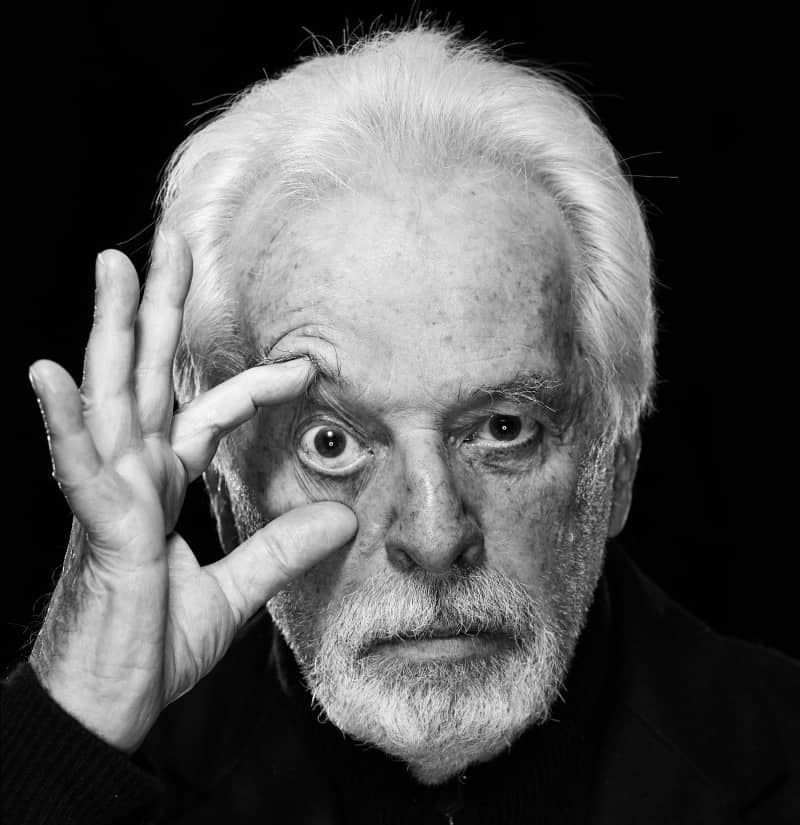
By Shira Wolfe
“I am old. I have so many things to do, so every day I get quicker, in order to do them! I don’t want to die without doing everything I wanted to do.” – Alejandro Jodorowsky
This article series explores the lesser-known output of artists who became famous for another medium or genre of art. Often, great artists wear many different hats, but break through and achieve acclaim because of their work in one specific medium. We aim to highlight the multifaceted nature of their talent by shining a light not on what they are best known for, but on the lesser-known side of their artistic production. In 1970, Alejandro Jodorowsky, the Chilean-French director, was launched into the counterculture consciousness almost overnight with his iconoclastic Western movie El Topo. He might be best known for his relatively small but incredibly influential body of films, but Jodorowsky has always been a multi-talent whose personally developed theory of Psychomagic permeates everything he does. We will pay particular attention to his extensive work in comics and graphic novels, and also explore the concept of Psychomagic, his passion for Tarot, and his collaborative visual work with his wife Pascale Montadon-Jodorowsky.
Alejandro Jodorowsky’s Vision
Born in a small Chilean seaside town in 1929 and raised by Jewish-Russian immigrants, Alejandro Jodorowsky had early ambitions of being a poet, then formed a puppet theatre that toured Chile before leaving for France in 1953 with the purpose of seeing out the Surrealists. Inspired by Antonin Artaud’s The Theatre and its Double, Jodorowsky worked in film, theatre and mime. In 1962, he co-founded the post-Surrealist Panic Movement together with Spanish playwright Fernando Arrabal. Luis Buñuel and Artonin Artaud were big influences for the movement and their theatrical events were meant to shock in order to release destructive energies as part of a wider search for peace and beauty. Though Jodorowsky dissolved the Panic Movement in 1973, this shock-factor combined with the mission to heal people and to create beauty and peace have been the essential drives of all his creative work ever since.
Psychomagic
In order to better understand the world of Jodorowsky, it is important to spend some time with his concept “Psychomagic.” Psychomagic is Jodorowsky’s own flavour of healing therapy, using the power of dreams, art and theatre to heal wounds and empower people. Jodorowsky developed the concept while living in Mexico when he became familiar with the healing cures of folk healers. Realising that it is easier for the unconscious to understand the language of dreams than that of rationality, he began to study shamanic practices and employ surreal poetic actions to help people separate from dysfunctional, unhealthy parts of themselves and connect with a deeper self in order to transform. He has described Psychomagic as: “liberating the bird of spirit from the rational cage.” Elements of Jodorowsky’s Psychomagic can be recognised throughout his vast and varied artistic career. He describes his practices in this field in-depth in his 2010 book Psychomagic.
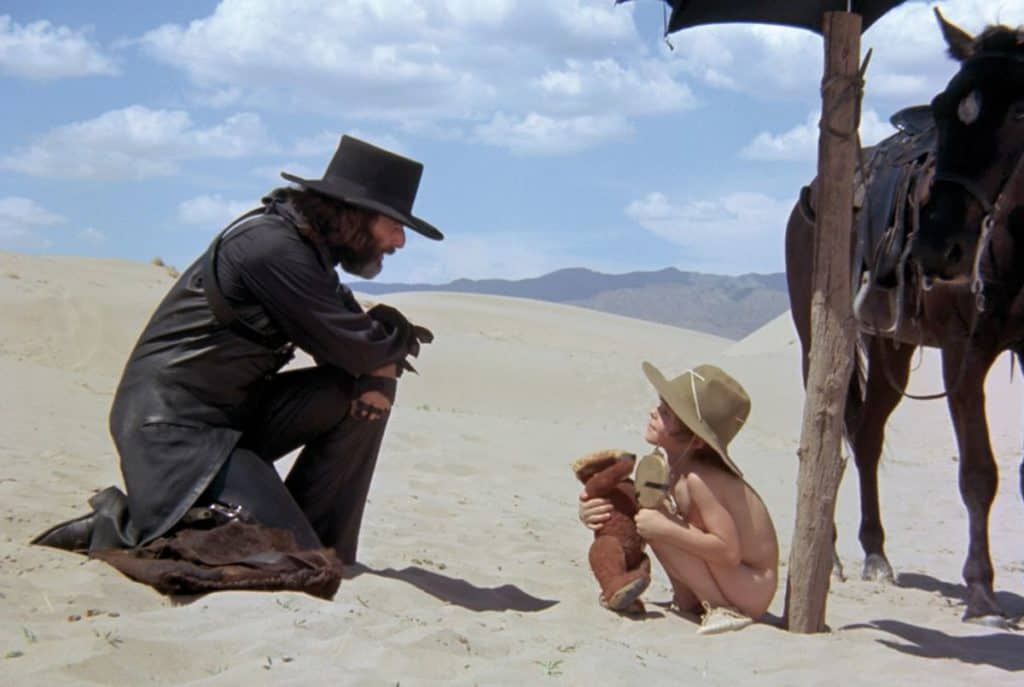
Alejandro Jodorowsky’s Movies
Jodorowsky’s first feature-length film was Fando y Lis, a film rendition of Arrabal’s play of the same name. The success of this allowed him to raise the money for the making of El Topo (1970). Jodorowsky became an instant cult icon with this surreal and taboo-breaking take on the Western genre, starring Jodorowsky himself as a black-clad horseman travelling through the western desert on a wild and bizarre journey with a little boy, played by his son, riding behind him. El Topo became the first midnight movie, starting a whole movement of low-budget cult films screened during midnight viewings in the US. John Lennon and Yoko Ono loved it so much they persuaded a business associate to fund Jodorowsky to the tune of $ 1 million to use in whatever way he wanted. He then made his whirlwind spiritual and satirical film Holy Mountain (1973). According to Jodorowsky, a lot of the Lennon-Ono money was spent on bribing guards from the zoo so he could film the wild animals there.
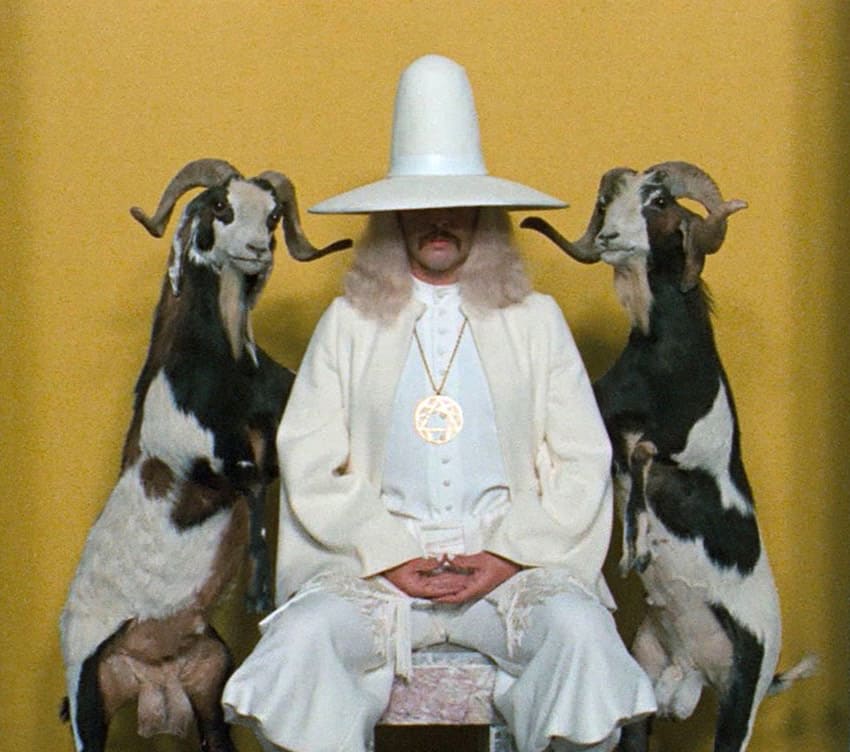
Jodorowsky’s next big film project is perhaps one of the most famous unrealized projects in the history of film industry – that of wanting to adapt Frank Herbert’s monumental and complex sci-fi novel Dune. He faced so many hurdles and realised he would not be able to create the movie as he envisioned, so the project failed to get very far. Ultimately the film would be made to lukewarm reviews by David Lynch. The Dune debacle brought Jodorowsky into contact with French comic book artist Moebius, who had contributed substantially to the design and storyboarding for Dune. This was to herald the beginning of a rich and long-lasting collaboration between Jodorowsky and Moebius.
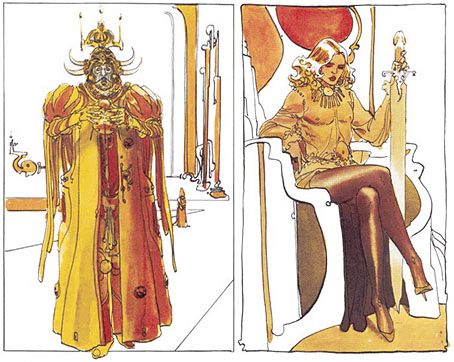
“Everything I could not do in movies, I make in comics and writing. I do comics because I think it’s an art form as big as movies or painting or poetry. The graphic novel is a fantastic thing for me.” – Alejandro Jodorowsky
Alejandro Jodorowsky’s Comics
In comics and graphic novels, Jodorowsky found a world where he could express everything he wanted to express: “Everything I could not do in movies, I make in comics and writing. I do comics because I think it’s an art form as big as movies or painting or poetry. The graphic novel is a fantastic thing for me.”
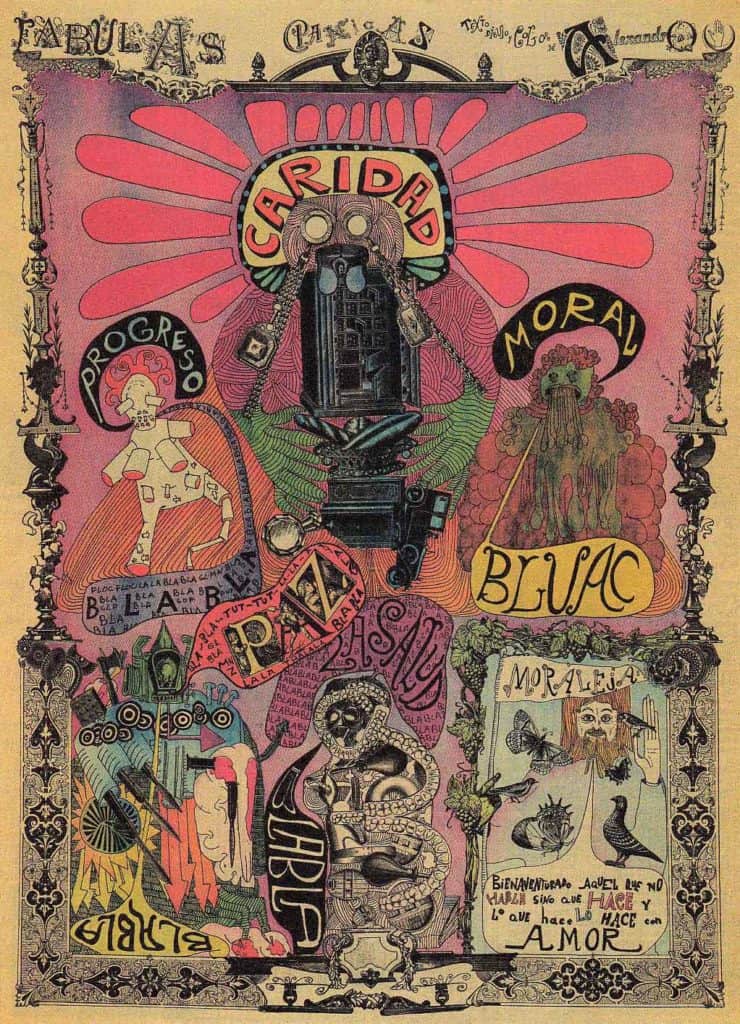
Back in the late ‘60s, Jodorowsky drew a weekly comic strip called Fabulas Panicas, named after the Panic Movement. He did this for four or five years, completing a comics page every Sunday. However, he explains: “When I saw Moebius making the drawings, I stopped. And I never make any more. Moebius, Boucq, Bess, Juan Gimenez, Beltran — they’re geniuses. How can they draw like that? It is a miracle!”
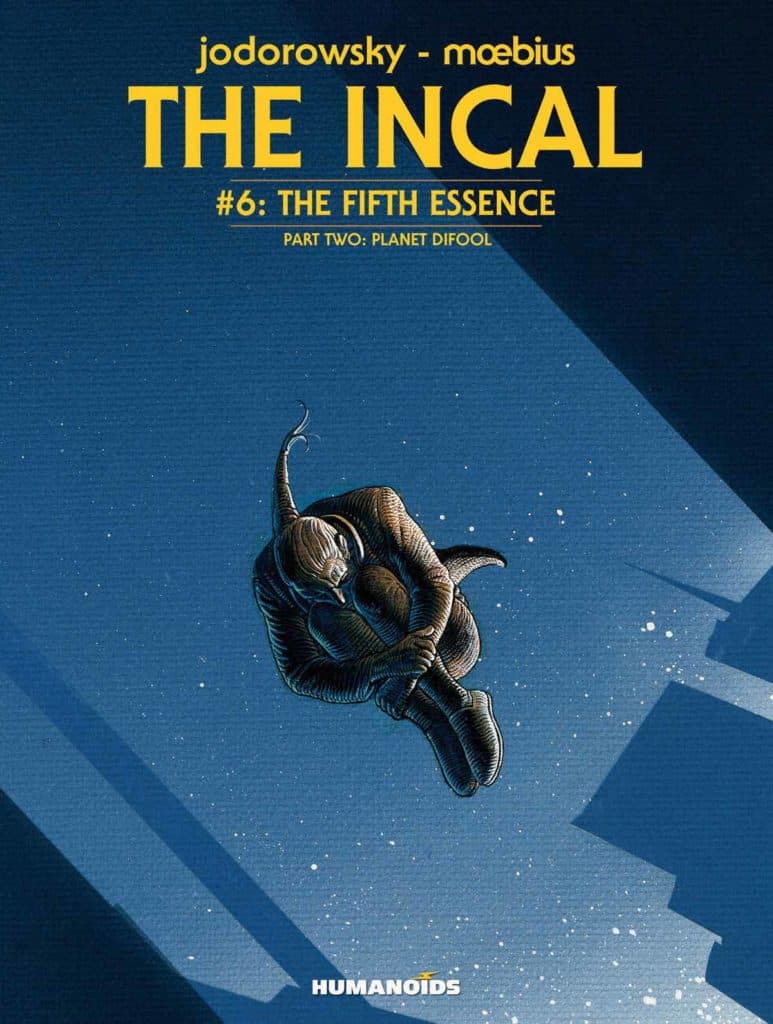
Jodorowsky’s collaboration with Moebius on The Incal (1980-2014) graphic novel series is one of his best-known comics projects, and widely regarded as one of the most complete, sophisticated and greatest graphic novels of all time. The Incal introduced Jodorowsky’s “Jodoverse”, a fictional universe in which his comics take place, and follows lowly private detective John Difool (based on The Fool from the Tarot deck) who possesses a tiny, mysterious pyramid named the Incal. The Incal is so powerful that it inspires a galaxy-wide manhunt. The Incal was also the platform where Jodorowsky and Moebius could expand on concepts and artworks initially conceived for the abandoned Dune project. With its combination of stunning, intricate visuals and complex, innovative ideas, Moebius and Jodorowsky present a dazzling world that shows how much their brilliant vision and ideas benefit from the freedom and possibilities available to them in this graphic novel art form.
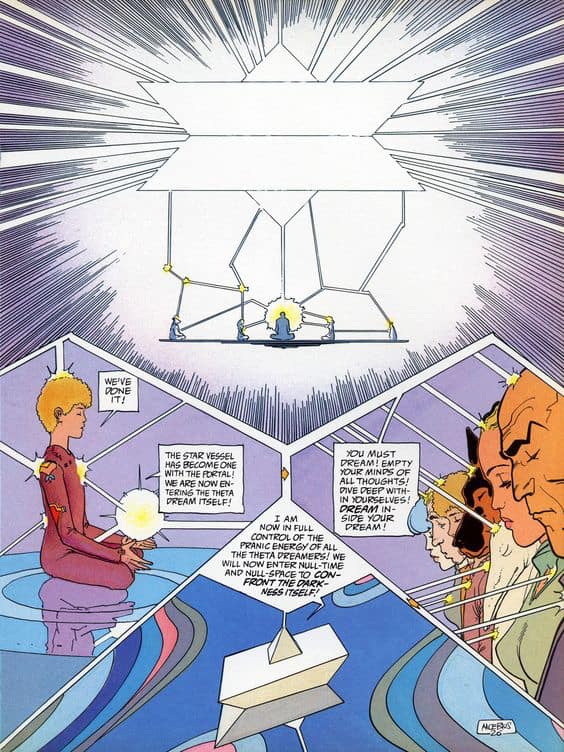
Other Jodorowsky comics include The Metabarons, Son of the Gun, and the Western-style comic Bouncer. One of his latest graphic novel projects is The Sons of El Topo, a collaboration with illustrator José Landrönn and a sequel to El Topo. Speaking about his work with different artists, Jodorowsy explains that he first has to see the artist’s drawings and if he likes them, he can write for him. He then has long conversations with the artist in order to start seeing his psychological profile and, as he calls it, to make an “invasion of his soul.” He works with the feelings of the artist and writes his stories based on this.
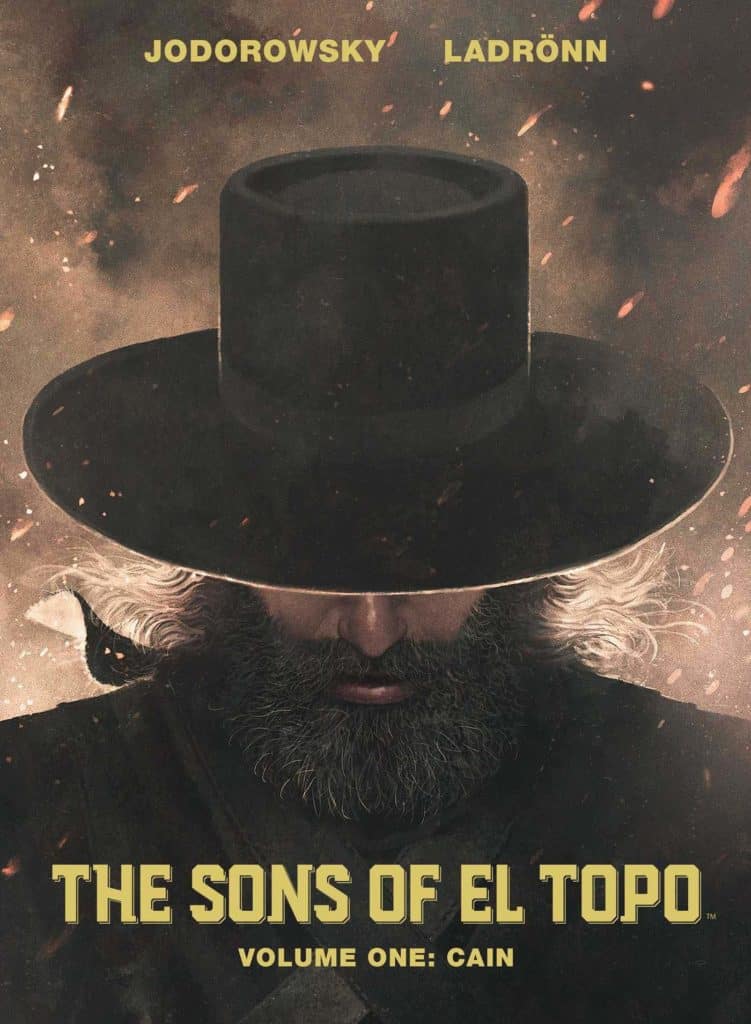
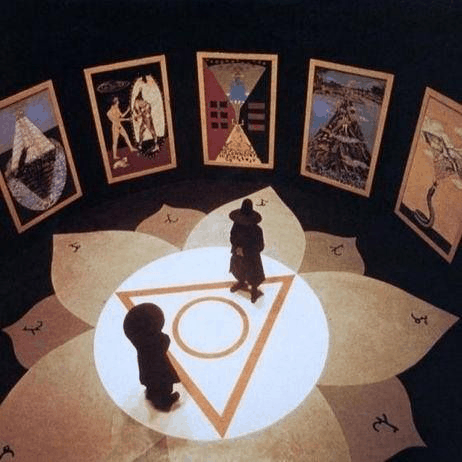
Tarot
Jodorowsky’s study of Tarot dates back to the 1950s. Like with the rest of his creative practice, everything is connected. Those who watched The Holy Mountain might recall the scene when a ritual is taking place in a room adorned with gigantic Tarot cards. To this day, Jodorowsky conducts Tarot readings for groups of people free of charge. He considers Tarot to be an instrument for self-realisation, creativity, and healing, and uses it only to answer to present problems and to awaken the intuition. Jodorowsky has published a book on his insights into Tarot as a spiritual teacher, and also joined forces with Philippe Camoin to reconstruct the entire Tarot de Marseille deck. Camoin spent two full years redrawing the cards with the dedicated input of Jodorowsky.
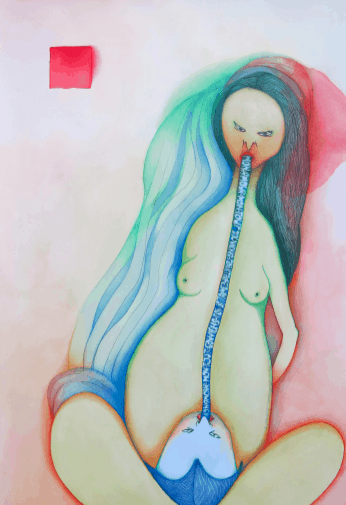
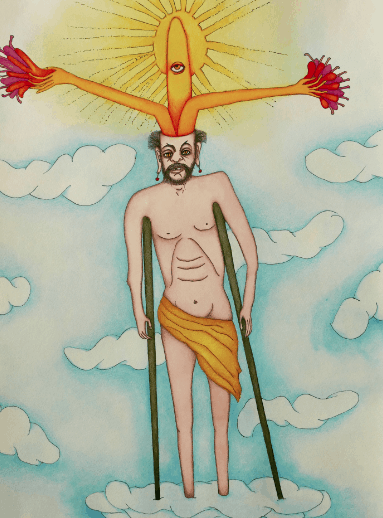
pascALEjandro
Jodorowsky also shares an artistic project with his wife Pascale Montandon-Jodorowsky – pascALEjandro. The couple have been producing their “common works” since 2009 – ink drawings by Jodorowsky form the masculine component, which Montandon-Jodorowksy subsequently colours with bright watercolour tints adding the feminine element. The collaborative pascALEjandro works are a testament to the love between these two artists, and address universal themes of love, sex, ageing and death.
pascALEjandro states, “Our working material is the material of our lives. No critical or destructive art: it’s the portion of sublimity that actually exists in all human beings and in reality. pascALEjandro is the synthesis of two beings, who form alchemy’s androgynous union.”
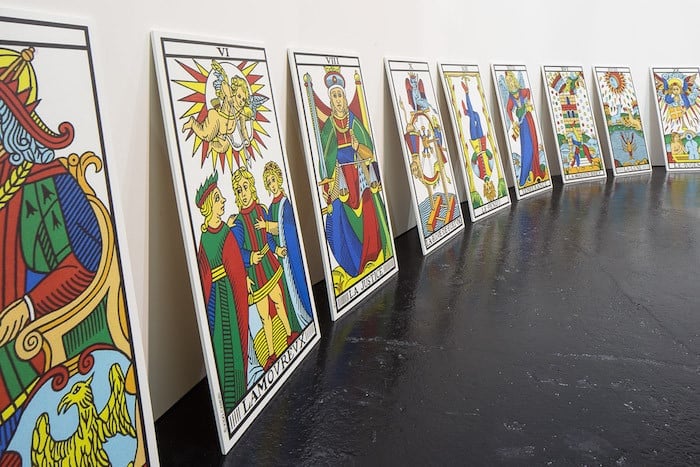
Relevant sources to learn more
Jodorowsky’s creativity is boundless. Aside from the many projects described above, he also writes and publishes poetry and fiction. His “365 Tweets of Love” and “365 Tweets of Wisdom” (available in Spanish, French and Serbian, not yet in English) collect Jodorowsky’s thoughts on love and life, one for every day of the year. For more on the visionary artist and his projects, see:
For previous editions in this article series, see: